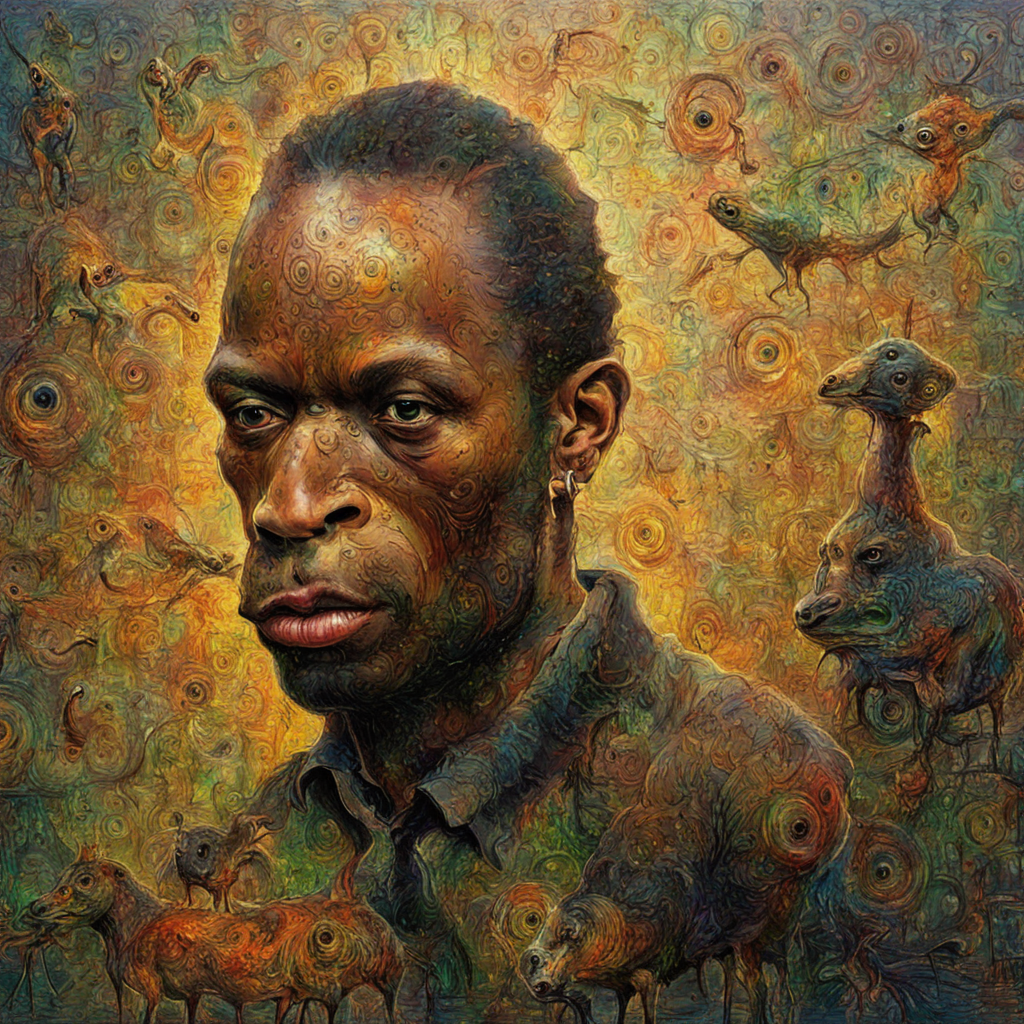sdxl-deep-dream LoRA by fofr
An SDXL fine-tune based on Deep Dream
Inference with Replicate API
Grab your replicate token here
pip install replicate
export REPLICATE_API_TOKEN=r8_*************************************
import replicate
output = replicate.run(
"sdxl-deep-dream@sha256:699f01724f16795f299132073a81d4a20fa26db37ae1014de68c8029b52a1aaf",
input={"prompt": "An artwork in the style of TOK"}
)
print(output)
You may also do inference via the API with Node.js or curl, and locally with COG and Docker, check out the Replicate API page for this model
Inference with 🧨 diffusers
Replicate SDXL LoRAs are trained with Pivotal Tuning, which combines training a concept via Dreambooth LoRA with training a new token with Textual Inversion.
As diffusers doesn't yet support textual inversion for SDXL, we will use cog-sdxl TokenEmbeddingsHandler class.
The trigger tokens for your prompt will be <s0><s1>
pip install diffusers transformers accelerate safetensors huggingface_hub
git clone https://github.com/replicate/cog-sdxl cog_sdxl
import torch
from huggingface_hub import hf_hub_download
from diffusers import DiffusionPipeline
from cog_sdxl.dataset_and_utils import TokenEmbeddingsHandler
from diffusers.models import AutoencoderKL
pipe = DiffusionPipeline.from_pretrained(
"stabilityai/stable-diffusion-xl-base-1.0",
torch_dtype=torch.float16,
variant="fp16",
).to("cuda")
pipe.load_lora_weights("fofr/sdxl-deep-dream", weight_name="lora.safetensors")
text_encoders = [pipe.text_encoder, pipe.text_encoder_2]
tokenizers = [pipe.tokenizer, pipe.tokenizer_2]
embedding_path = hf_hub_download(repo_id="fofr/sdxl-deep-dream", filename="embeddings.pti", repo_type="model")
embhandler = TokenEmbeddingsHandler(text_encoders, tokenizers)
embhandler.load_embeddings(embedding_path)
prompt="An artwork in the style of <s0><s1>"
images = pipe(
prompt,
cross_attention_kwargs={"scale": 0.8},
).images
#your output image
images[0]
- Downloads last month
- 2
Model tree for fofr/sdxl-deep-dream
Base model
stabilityai/stable-diffusion-xl-base-1.0